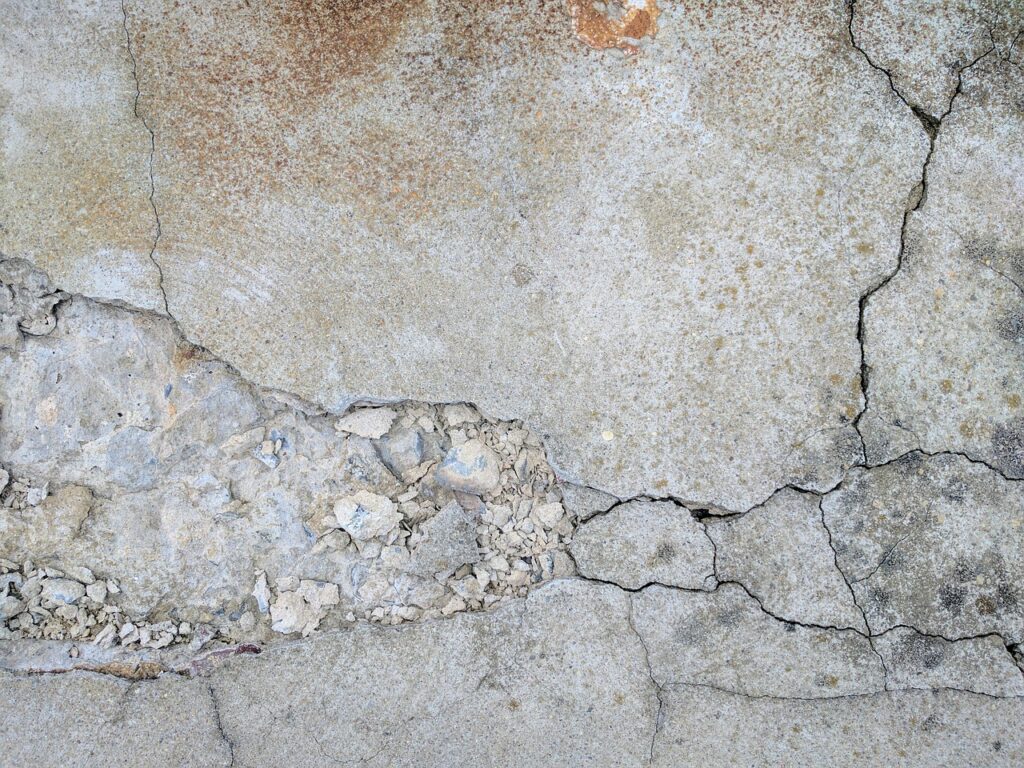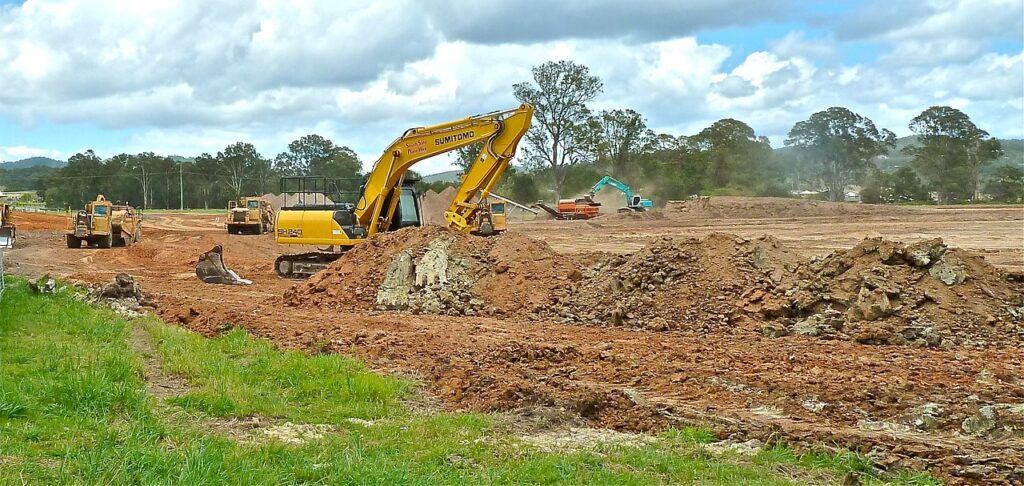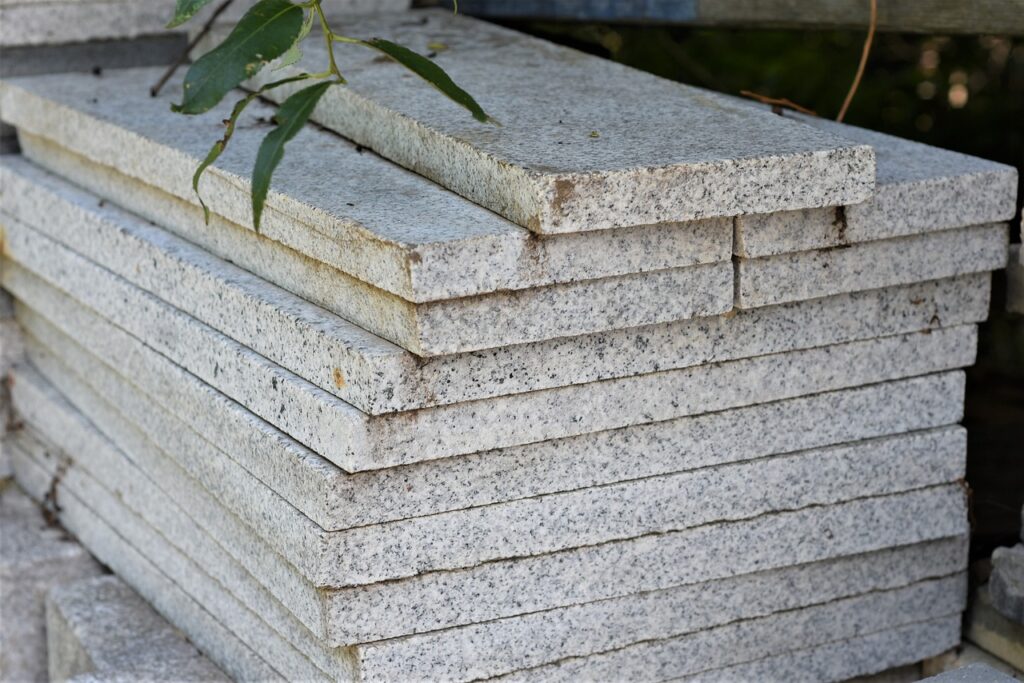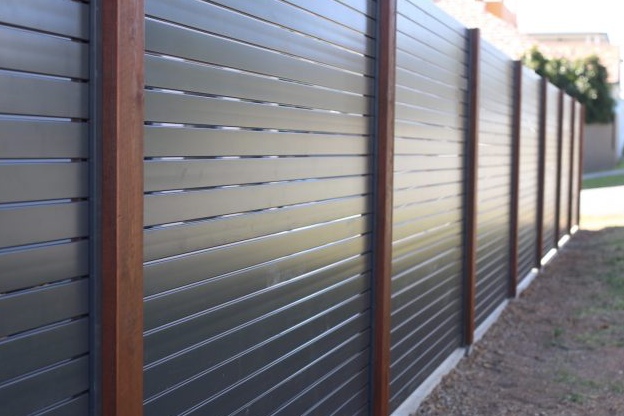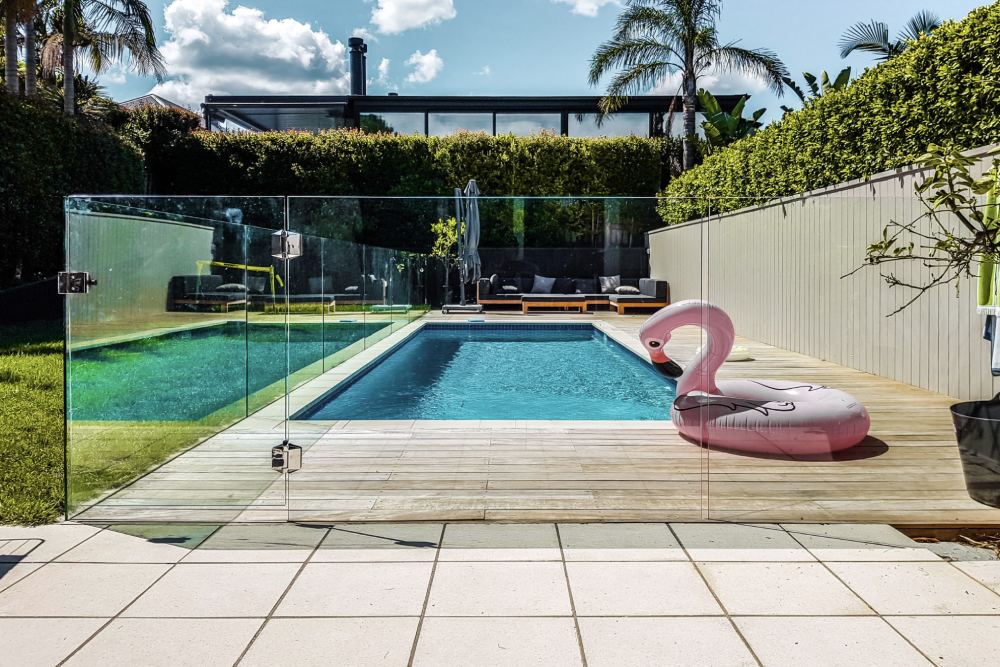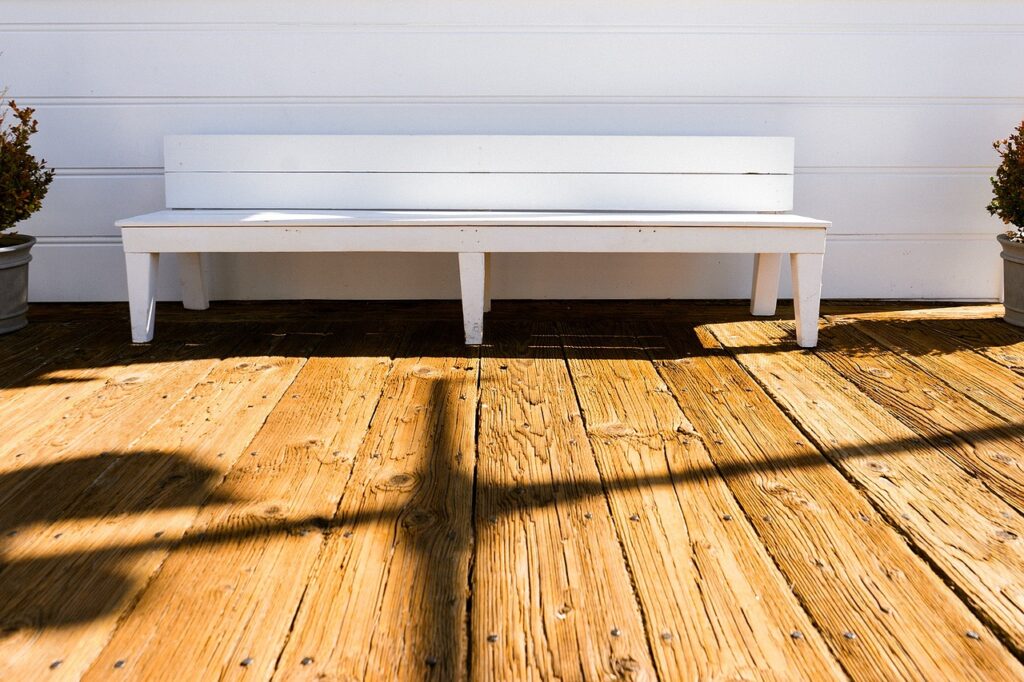Paling fences have become a quintessential element in New Zealand’s landscape, offering both privacy and security to homeowners. Their popularity isn’t just a testament to their functionality but also to the aesthetic appeal they bring to properties across the country. Understanding the costs involved in installing a paling fence is crucial for anyone considering this addition to their home. This post aims to demystify the financial aspect of paling fences, covering everything from the variety of material options to the labor costs involved.
We’ll also delve into some practical tips for saving costs without compromising on quality. Whether you’re planning a new fence or replacing an old one, this guide will provide you with all the necessary information to make informed decisions and ensure that your investment adds value to your property in the most cost-effective way.
The cost per meter for installing a paling fence in New Zealand typically ranges from NZ$75 to NZ$200. This price can vary based on factors such as the type of wood used, the height and design of the fence, labor costs, and the specific region where the fence is being installed. Durable materials like treated pine and cedar are popular choices, offering longevity and resistance to New Zealand’s weather conditions. DIY installation can save on labor costs, but professional help may be more cost-effective for complex designs or large projects. Always consider local council regulations and obtain multiple quotes to ensure you get the best deal for your fencing project.
- What Is A Paling Fence?
- Definition Of A Paling Fence
- Benefits Of Choosing A Paling Fence In New Zealand
- Factors Influencing The Cost Per Meter Of Paling Fences In NZ
- Average Cost Per Meter Of Paling Fences In NZ
- DIY VS. Professional Installation: What's More Cost-Effective?
- Making The Decision
- Tips For Reducing Your Paling Fence Cost
- FAQs: About Paling Fences In New Zealand
- Conclusion
- Find A Builder Connect Approved Professional Fence Builder Near You!
What Is A Paling Fence?
In New Zealand, a land celebrated for its breathtaking landscapes and a culture deeply rooted in outdoor living, the paling fence emerges as more than just a mere boundary marker for properties. It embodies a unique blend of practicality and aesthetics, capturing the essence of Kiwi life where the indoors and outdoors seamlessly merge. This quintessential feature of New Zealand’s residential areas serves not only as a delineation of space but also as an architectural statement that complements the natural beauty of its surroundings.
Paling fences, with their sturdy wooden slats, offer a timeless look that can be tailored to suit a wide range of property styles—from the classic Kiwi bungalow to more contemporary homes. Their construction involves vertical palings attached to horizontal rails, which are then supported by robust posts anchored firmly into the ground. This structure ensures privacy and security, creating a secluded haven for families to enjoy their outdoor spaces without intrusion.
The choice of wood for these fences is pivotal, with options ranging from the durable and locally sourced radiata pine, known for its resistance to decay when treated, to the more premium native timbers that offer unparalleled longevity and aesthetic appeal. Each wood type brings its own texture and color to the fence, allowing homeowners to customize their outdoor space to reflect their personal style and the character of their home.
Moreover, paling fences are not just about form; they are also about function. They protect gardens from the elements, create windbreaks that shelter outdoor living spaces, and offer a safe enclosure for pets and children. Their versatility extends to their ability to be stained, painted, or left in their natural state to age gracefully, blending into the landscape over time.
The popularity of paling fences among New Zealand homeowners is due in part to their practical benefits, but also to the way they reflect the Kiwi ethos of blending functionality with beauty. They represent a commitment to preserving privacy while fostering a connection with nature, a testament to New Zealand’s love affair with the great outdoors.
In constructing a paling fence, careful planning is essential. Considerations such as the height, the spacing between palings, and the choice of finishes all play a role in the fence’s final appearance and functionality. Compliance with local council regulations is also a key factor, ensuring that the fence not only meets aesthetic and practical requirements but also adheres to standards that promote safety and community harmony.
For those contemplating the addition of a paling fence to their property, the journey involves more than just erecting a barrier. It’s about creating a feature that enhances the livability of their outdoor space, reflects their personal style, and respects the natural landscape. Whether you’re looking to establish a private oasis, secure your property, or simply add to the aesthetic appeal of your home, a paling fence is a choice that embodies the spirit of New Zealand living—practical, beautiful, and seamlessly integrated with the great outdoors.
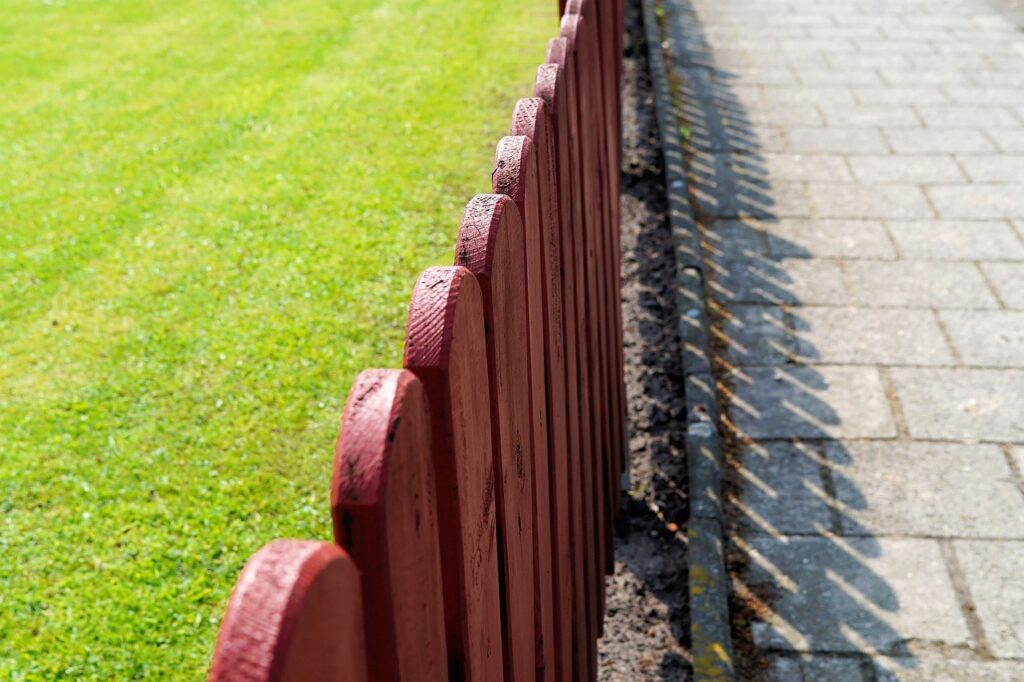
Definition Of A Paling Fence
Diving deeper into the quintessence of a paling fence, we uncover a structure that is both simple and complex in its make-up. At the heart of this traditional fencing option are the wooden slats, affectionately known as ‘palings’, which are methodically affixed to robust horizontal supports. These horizontal beams play a crucial role, acting as the backbone of the fence by linking to vertical posts that are securely entrenched in the ground. This foundational setup ensures that the fence is not just a temporary fixture but a lasting element of your property’s landscape.
The design of a paling fence offers a versatile aesthetic appeal, with the arrangement of the palings themselves dictating the overall look. For those seeking a sanctuary of privacy, palings can be placed closely together, creating a secluded retreat from the outside world. Conversely, spacing the slats further apart can craft a more welcoming, open feel, allowing light and air to filter through while still marking the boundaries of your space.
The choice of materials for constructing a paling fence is pivotal, with a focus on wood species that boast natural durability and an inherent resistance to the harsh elements. Treated pine and cedar are popular choices, revered not only for their longevity but also for their natural beauty. These woods, when treated correctly, can resist rot, pests, and weathering, ensuring your fence remains a steadfast guardian of your privacy and property for years to come.
The construction of a paling fence is an art that requires precision and attention to detail. The process begins with the meticulous measurement and placement of the vertical posts, which must be deeply and securely buried in the ground to provide a stable foundation. Following this, horizontal rails are attached to these posts, serving as the framework upon which the vertical palings will be mounted. The alignment and spacing of each component must be carefully executed to ensure the fence is not only aesthetically pleasing but also structurally sound.
The culmination of this detailed process is a paling fence that stands as a testament to timeless craftsmanship. It’s a barrier that not only defines the perimeters of your property but also enhances its overall aesthetic, providing a natural, earthy backdrop to your outdoor living spaces. Beyond its physical beauty and practicality, a well-constructed paling fence symbolizes the care and attention homeowners invest in creating a secure, private, and welcoming environment. Whether shielding your garden from prying eyes or simply marking the boundary of your home, a paling fence is more than just a structure; it’s a reflection of your commitment to preserving the sanctity of your personal space.
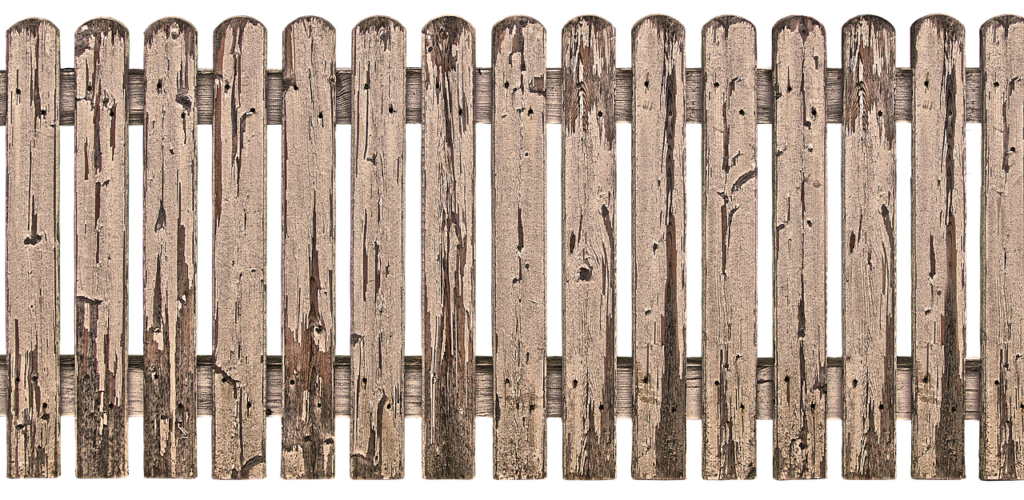
Benefits Of Choosing A Paling Fence In New Zealand
Choosing a paling fence for your property in New Zealand comes with a plethora of benefits that cater to the needs of homeowners looking for both functionality and visual appeal. Here are some of the key advantages:
Durability
One of the primary benefits of paling fences is their durability. The woods used, such as treated pine or cedar, are known for their longevity and ability to resist rot, pests, and decay. This makes them an ideal choice for the varied New Zealand climate, ensuring that your fence remains in top condition for years to come.
Aesthetics
Paling fences offer a classic and timeless look that complements a wide range of architectural styles, from traditional to contemporary. They can be painted or stained to match the aesthetic of your home or garden, making them a versatile choice for enhancing the overall appearance of your property. Their natural wood texture adds a warm and inviting touch to any outdoor space.
Privacy
For many, the privacy a paling fence provides is a significant draw. The ability to adjust the spacing between palings means homeowners can tailor their fence to offer the level of privacy they desire. A closely spaced paling fence creates a private oasis, shielding your backyard from prying eyes and creating a secluded space for relaxation and entertainment.
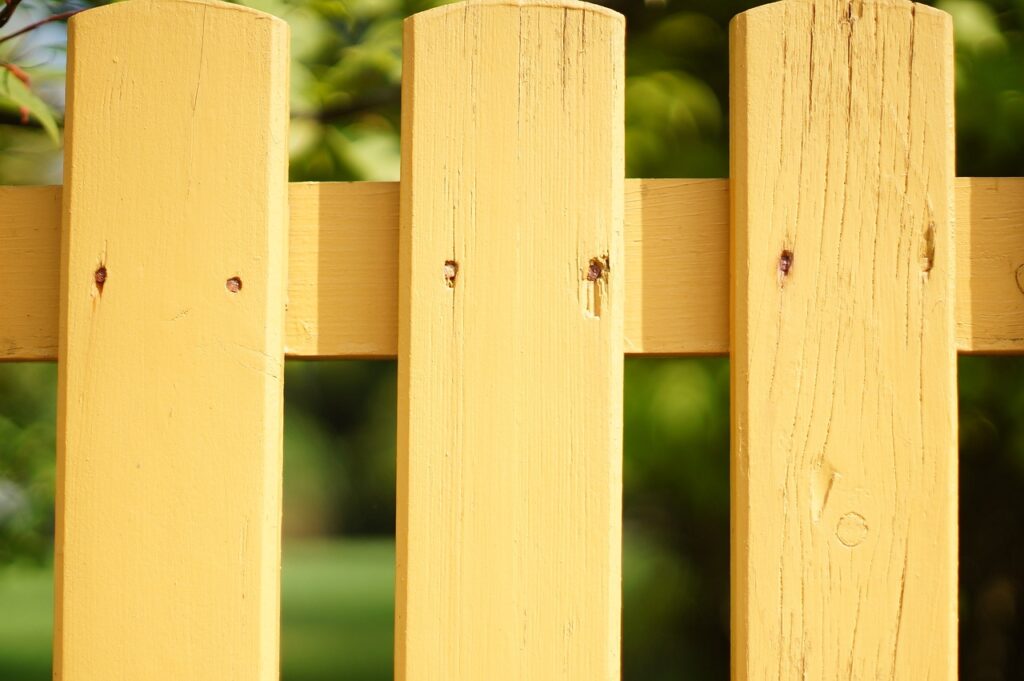
Factors Influencing The Cost Per Meter Of Paling Fences In NZ
When considering the construction of a paling fence in New Zealand, several key factors come into play that can significantly influence the overall cost per meter. Paling fences are a popular choice for their classic look and privacy they offer, but the price can vary widely based on materials, size, design complexity, labor costs, and geographical location. Here’s a detailed look at each of these factors:
Materials Used
The choice of materials is one of the primary factors affecting the cost of paling fences. Wood is the most traditional material, with options ranging from treated pine, which is affordable and widely available, to more premium woods like cedar or redwood that offer greater durability and a more aesthetically pleasing look but at a higher cost. The type of wood you choose will directly impact the longevity and maintenance requirements of your fence, as well as its initial installation cost. Besides wood, other materials such as composite panels can be used for paling fences, offering a different look and often higher durability, but these alternatives can significantly increase the price.
Size And Height
The dimensions of the fence play a crucial role in determining the cost. Naturally, the longer and taller the fence, the more materials and labor will be required, leading to higher costs. Height is a particular cost driver due to the additional material for longer palings and the need for a more robust structure to support the added height, which might include deeper post holes and more concrete for secure anchoring.
Design Complexity
A basic paling fence with a standard design is generally the most cost-effective option. However, many homeowners opt for custom designs or additional features like decorative tops, lattice work, or integrated gates, which can all add to the complexity and cost of the project. These elements require more time and skill to construct, increasing the overall expense.
Labor Costs
Labor costs for installing a paling fence can vary significantly based on the contractor you choose and the complexity of the installation. In New Zealand, labor rates can also fluctuate depending on the region and the availability of skilled tradespeople. It’s advisable to get multiple quotes to understand the potential labor costs for your project. Remember, skilled labor might cost more upfront but can save money in the long run by ensuring a quality installation that lasts longer and requires less maintenance.
Geographical Location
The cost of installing a paling fence can vary widely across New Zealand due to factors like transportation costs for materials and the availability of labor. Urban areas might offer more competitive pricing due to the higher availability of materials and labor, while remote locations could face higher costs due to the additional logistics involved in transporting materials and finding skilled labor. Environmental factors also play a role; for example, coastal areas may require more durable materials to withstand harsh weather conditions, which can further influence the cost.
In summary, when planning for a paling fence in New Zealand, it’s important to consider the wide range of factors that can influence the overall cost. From the choice of materials to the design and labor costs, each element should be carefully evaluated to ensure that you find the right balance between affordability, durability, and aesthetic appeal for your specific needs and location.
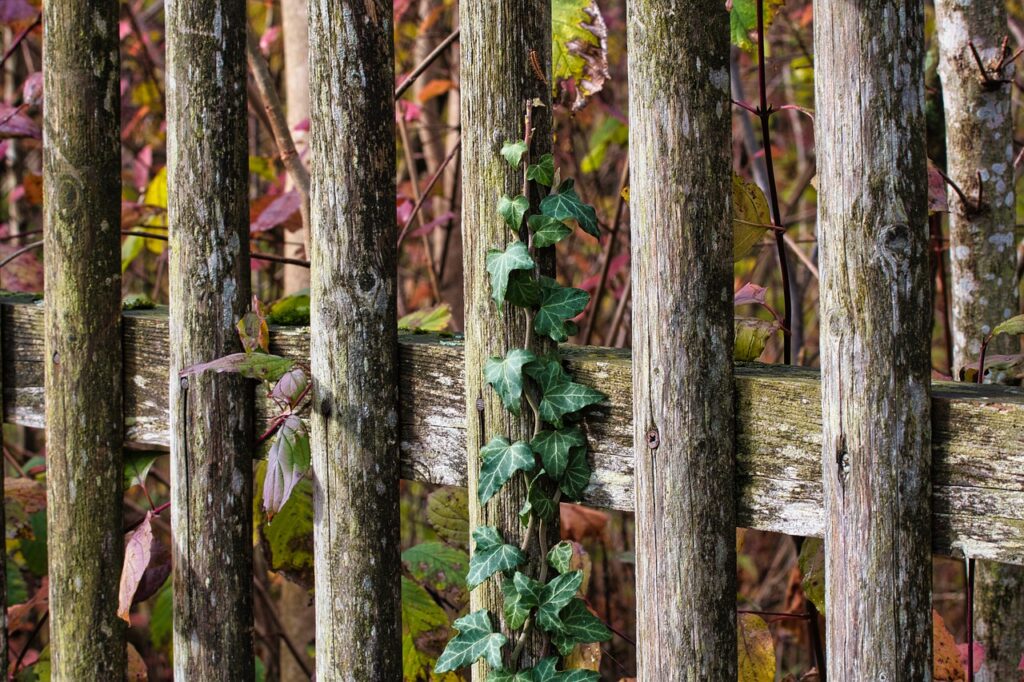
Average Cost Per Meter Of Paling Fences In NZ
When considering the addition of a paling fence to your property in New Zealand, it’s essential to have a clear understanding of the potential costs involved. Paling fences, known for their classic look and privacy features, vary in price based on materials, design complexity, and craftsmanship level. Here, we’ll delve into the current average costs per meter for paling fences, categorized into basic, mid-range, and high-end options, giving you a comprehensive view to plan your budget accordingly.
Basic Paling Fences
For those looking for a straightforward and functional paling fence without the frills, basic options are the most cost-effective. These fences typically involve standard timber palings with simple posts and railings. The average cost per meter for a basic paling fence can range from NZD $65 to $100. This option is ideal for individuals seeking practicality and minimalism in their fence design.
Mid-Range Paling Fences
Mid-range paling fences step up in terms of both material quality and aesthetic appeal. These fences may incorporate higher-grade timber, additional decorative elements, or a more complex structure than their basic counterparts. The cost for mid-range paling fences can vary from NZD $100 to $150 per meter. This option strikes a balance between functionality and design, making it suitable for homeowners looking to enhance their property’s look while ensuring privacy.
High-End Paling Fences
High-end paling fences are for those who desire premium quality and distinctive design. These fences often utilize top-tier timber or composite materials, intricate patterns, and may include custom features tailored to the homeowner’s preferences. The craftsmanship and materials used in high-end fences significantly impact the price, with costs ranging from NZD $150 to $250 or more per meter. Opting for a high-end paling fence is an investment in both the property’s security and its aesthetic value.
Important Disclaimer
It’s crucial to acknowledge that the costs mentioned above are average estimates and can vary widely based on several factors, including the location of your property, the current market price for materials, labor costs, and any additional features or customizations you may choose. Moreover, prices can fluctuate over time due to economic factors and supply chain dynamics.
Therefore, we strongly recommend obtaining multiple quotes from different contractors to get a more accurate assessment of the cost for your specific project. This approach not only provides a clearer picture of the financial commitment required but also offers the opportunity to compare services, ensuring you find the best value and quality for your investment.
In conclusion, while the initial cost of a paling fence in New Zealand can vary significantly based on the options you choose, understanding these averages can serve as a helpful starting point in your planning process. Remember, investing in a paling fence not only enhances your property’s privacy and security but also contributes to its overall aesthetic appeal and value.
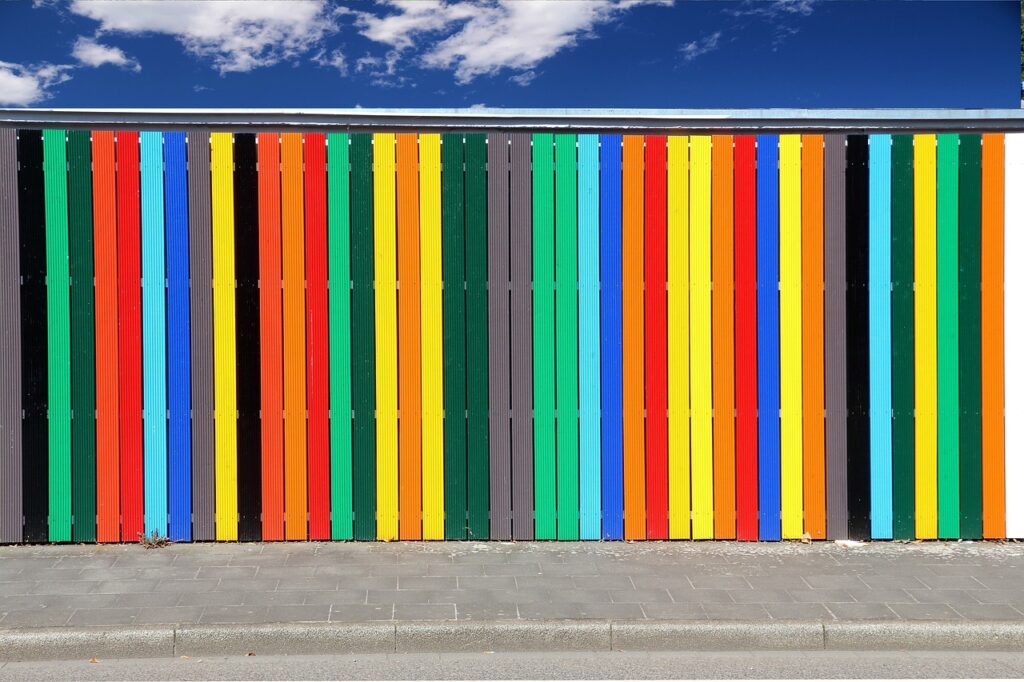
DIY VS. Professional Installation: What’s More Cost-Effective?
When it comes to home improvements or installations, the question of whether to take on the project yourself or hire a professional is one many of us face. Both DIY and professional installations have their own sets of costs and benefits, and what’s more cost-effective can depend on several factors, including the nature of the project, your skill level, and the value you place on your time. Let’s delve into the nuances of each approach to help you make an informed decision.
DIY Installation: Costs, Benefits, And Considerations
Cost-Effectiveness The most apparent advantage of DIY installation is the potential savings. By doing the work yourself, you can save on the labor costs associated with hiring a professional. These savings can be substantial, especially for larger projects.
Satisfaction And Learning: Beyond the financial aspect, DIY projects offer a sense of personal satisfaction and accomplishment. There’s a unique pride in looking at a finished project, knowing you completed it with your own hands. Additionally, it’s an opportunity to learn new skills and gain knowledge that can be applied to future projects.
Time And Effort: However, it’s important to consider the time and effort required. DIY projects often take longer than expected, especially if you’re learning as you go. Your time has value, and the time spent on a project could be used elsewhere.
Quality And Mistakes: Another factor is the quality of the work. Professionals bring experience and expertise, which can result in a higher quality finish. Mistakes made during a DIY project can lead to additional costs, negating some of the initial savings.
Professional Installation: Costs, Benefits, And Considerations
Expertise And Efficiency: The primary benefit of hiring professionals is their expertise. Professionals have the necessary skills and experience to complete the job efficiently and to a high standard. They can also foresee potential problems and mitigate them before they become costly.
Warranties And Guarantees: Many professional installations come with warranties or guarantees, offering peace of mind that if something goes wrong, it will be fixed at no additional cost. This is something that DIY projects typically lack.
Higher Initial Cost: The most significant downside of professional installation is the cost. Labor can make up a substantial portion of the project’s total cost. However, it’s important to weigh this against the time saved and the potential for a higher quality outcome.
Less Personal Satisfaction: While hiring professionals can provide a hassle-free experience, it may lack the personal satisfaction that comes from completing a project yourself.
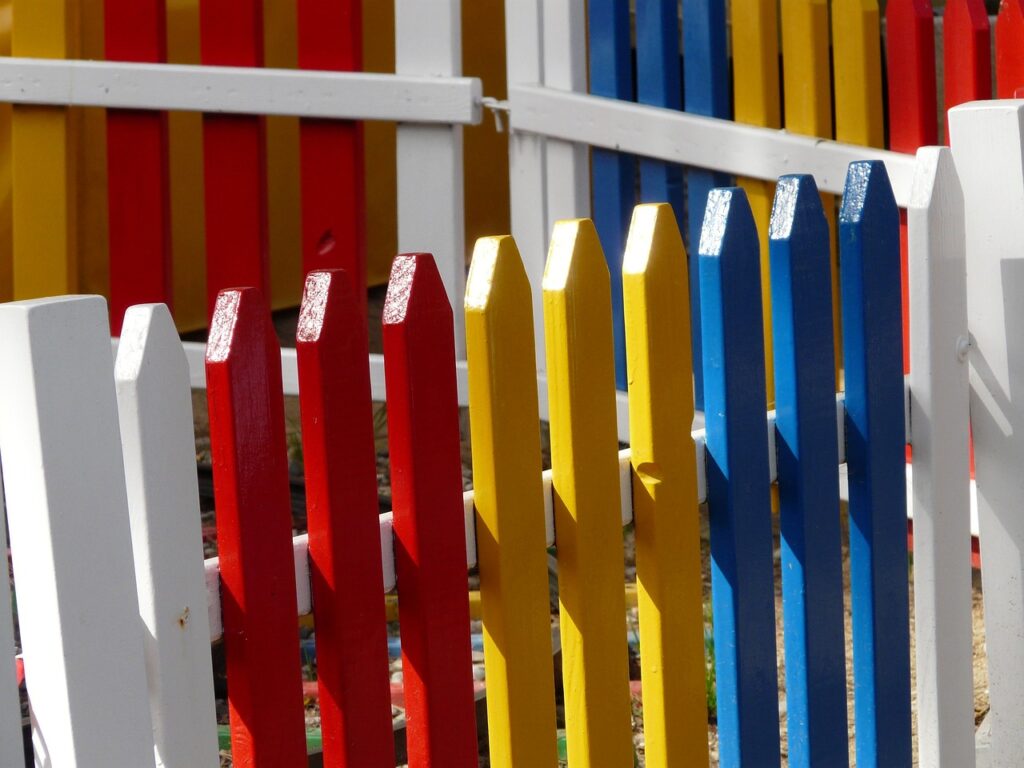
Making The Decision
Assess Your Skills: Be honest about your skill level and the complexity of the project. If it’s something you’ve never done before, research what’s involved to see if it’s something you can realistically take on.
Consider The Value Of Your Time: Calculate how much your time is worth and how much time the project will take. Compare this to the cost of hiring professionals to see what’s more cost-effective for your situation.
Weigh The Risks: Consider the potential for mistakes and their costs, both in terms of money and time. If a mistake could significantly set back the project or lead to additional expenses, professional installation might be the safer choice.
In conclusion, whether DIY or professional installation is more cost-effective depends on the specifics of the project and your circumstances. By carefully considering the costs, benefits, and your own situation, you can make the choice that best suits your needs and budget, ensuring that your project is successful, regardless of who carries it out.

Tips For Reducing Your Paling Fence Cost
Crafting a paling fence for your property not only enhances its aesthetic appeal but also provides privacy and security. However, the cost of installation and maintenance can be a concern for many homeowners. Here are some insightful tips on reducing your paling fence cost without compromising on quality or durability.
Choosing The Right Materials
When it comes to building a paling fence, the materials you choose play a significant role in both the initial cost and the long-term durability of your fence. Opting for cost-effective materials doesn’t necessarily mean you have to sacrifice quality. For example, treated pine is a popular choice for paling fences due to its affordability and durability against rot and pests. Cedar is another excellent option, offering natural resistance to decay with a higher price tag but less maintenance down the line. Research and compare the prices and benefits of different wood types to find the one that best fits your budget and climate.
Comparing Quotes
One of the most effective strategies to ensure you’re getting the best deal is to collect and compare quotes from multiple contractors. Prices can vary significantly based on the contractor’s availability, materials used, and the complexity of your fence design. When requesting quotes, make sure each contractor provides a detailed breakdown of costs, including labor, materials, and any additional fees. This transparency will help you make an informed decision and might also provide a negotiating platform.
Seasonal Buying
The time of year you choose to build your fence can impact the overall cost. Typically, the demand for fencing and outdoor construction is higher during the spring and summer months, which can lead to increased prices for both materials and labor. Planning your project for the off-season, such as late fall or early winter, might allow you to take advantage of lower prices and more flexible scheduling options. Additionally, some stores offer end-of-season sales on materials, so keep an eye out for those deals.
Maintenance Tips
Proper maintenance is key to extending the life of your paling fence and avoiding costly repairs or replacements down the line. Here are a few maintenance tips:
Regular Inspection: At least twice a year, inspect your fence for signs of damage, such as loose nails, rot, or pest infestations. Early detection can save you money on repairs.
Cleaning: Keep your fence clean from dirt, debris, and mildew. A gentle wash with a garden hose or a mild detergent can do wonders in maintaining the appearance and integrity of the wood.
Sealing And Staining: Apply a waterproof sealant or stain every few years to protect the wood from moisture and UV damage. This can significantly extend the lifespan of your fence and maintain its look.
By following these tips, you can effectively reduce the costs associated with your paling fence while ensuring it remains a beautiful and durable boundary for your property. Remember, a little research and maintenance can go a long way in saving you money and keeping your fence in top condition for years to come.
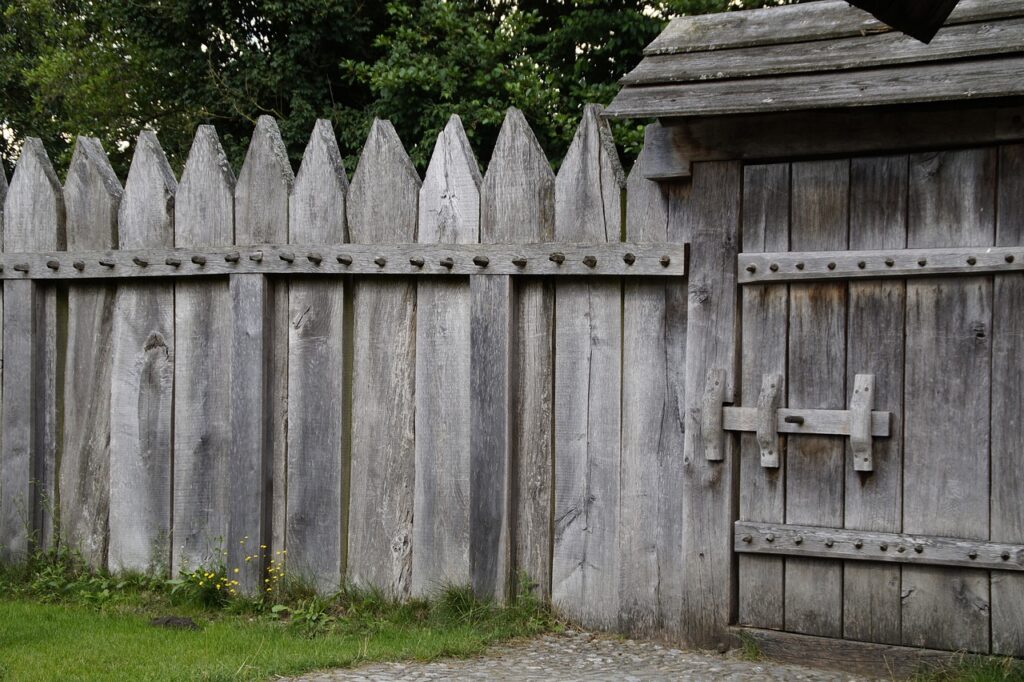
FAQs: About Paling Fences In New Zealand
Conclusion
As we wrap up our guide on paling fence installation in New Zealand, let’s recap the essentials: choosing durable materials, understanding the impact of New Zealand’s climate on wood, adhering to local legal requirements, and the value of expert installation are critical for a successful project. These elements ensure your fence not only enhances privacy and aesthetics but also withstands environmental challenges. Making such a decision requires thoughtful consideration of all these aspects. For those feeling uncertain, consulting with a local fencing specialist can provide tailored advice and answers to any lingering questions. They possess the expertise to navigate the specifics of New Zealand’s regulations and environmental conditions, ensuring your fencing project not only meets but exceeds expectations. Remember, the right advice and support can transform your fencing project into a lasting and valuable addition to your property.
Find A Builder Connect Approved Professional Fence Builder Near You!
- Fence Builders Alexandra, Clyde & Cromwell
- Fence Builders Central Otago
- Fence Builders Christchurch
- Fence Builders Hamilton Waikato
- Fence Builders Kapiti
- Fence Builders Lower Hutt
- Fence Builders Palmerston North
- Fence Builders Queenstown
- Fence Builders Upper Hutt
- Fence Builders Wanaka
- Fence Builders Wellington
- Fencing Contractors Napier
- Fencing Hastings
- Fencing Hawkes Bay
- Fencing Nelson
- Temporary Fence Hire Auckland


